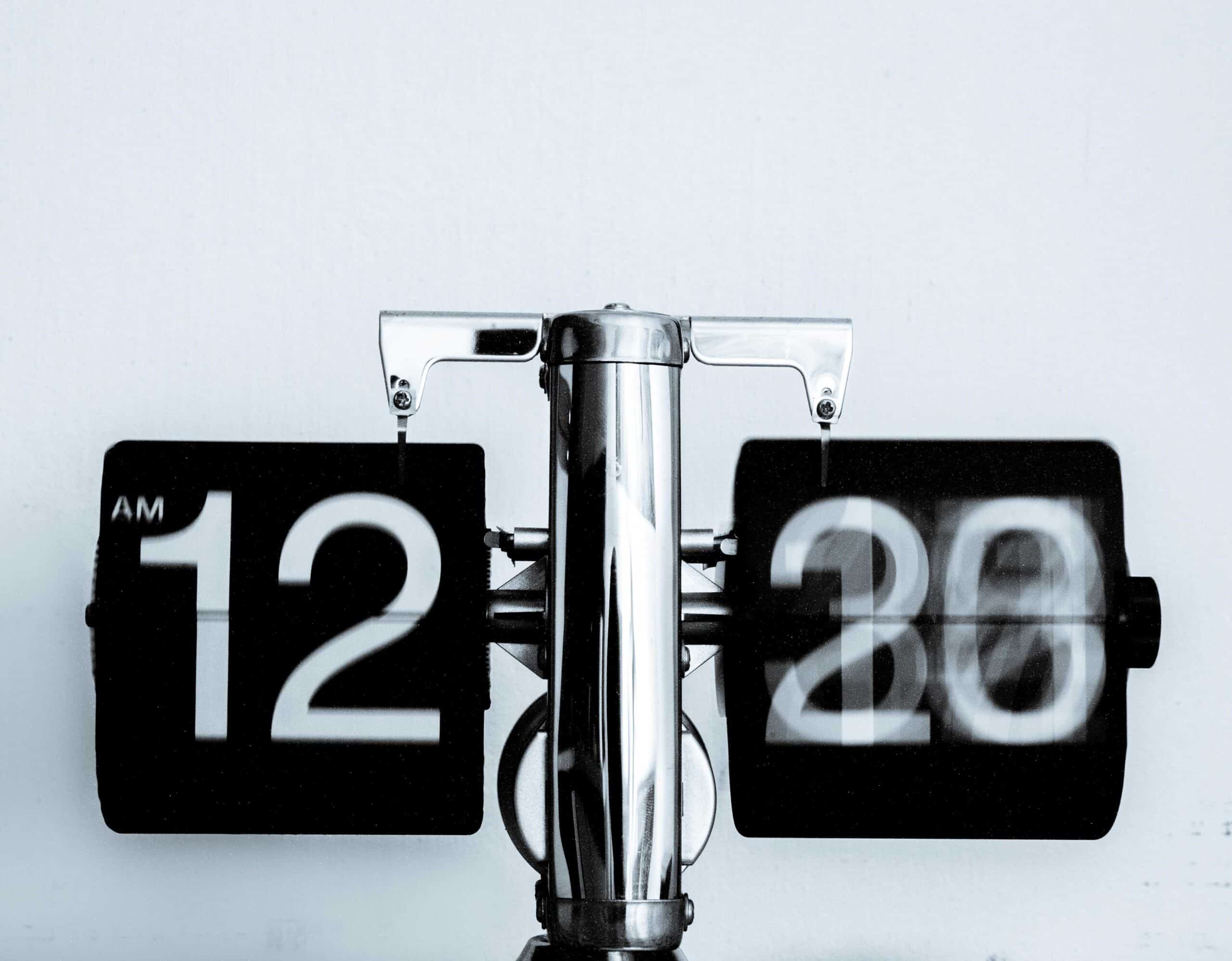Every year, millions of people in the United States and many other countries around the world participate in the tradition of “springing forward” for daylight saving time. This annual event is typically scheduled to take place on the second Sunday in March, but the exact date of when is spring forward can vary depending on where you live. In this article, we’ll take a closer look at when is spring forward and what you need to know to be prepared for the time change.
What Is Daylight Saving Time?
First, let’s define what we mean by “springing forward.” Daylight saving time (DST) is a practice where we adjust our clocks forward by one hour in the spring and then back by one hour in the fall. This shift is intended to make better use of the available daylight during the longer days of summer, when more people are awake and active for longer periods of time.
The idea of DST dates back to the late 19th century, but it wasn’t widely adopted until World War I, when many countries began using it as a way to conserve energy. Today, most countries in North America and Europe observe DST, although some areas have chosen to opt out.
When Is Spring Forward?
In the United States, spring forward typically takes place on the second Sunday in March. For 2023, this means that the time change will occur on March 12th. However, it’s important to note that not all states follow DST, so if you’re unsure whether your state participates, you should check with local authorities.
Other countries around the world have their own schedules for DST. In Canada, for example, most provinces follow the same schedule as the US, but there are a few exceptions. In the United Kingdom, the time change occurs on the last Sunday in March, while in Australia it takes place on the first Sunday in October.
Preparing for Spring Forward
The shift to daylight saving time can be a bit disruptive for some people, as it means losing an hour of sleep. To make the transition easier, experts recommend taking a few simple steps:
- Start preparing a few days in advance. Gradually adjust your sleep schedule by going to bed and waking up 15-30 minutes earlier each day leading up to the time change.
- Practice good sleep hygiene. Make sure your bedroom is cool, quiet, and dark, and avoid caffeine and alcohol in the hours leading up to bedtime.
- Plan for the extra daylight. Take advantage of the longer days by getting outside and being active, which can help reset your body’s internal clock.
- Be patient. It can take a few days to adjust to the time change, so try to be patient with yourself and give your body time to adapt.
If you’re wondering when is spring forward, the answer is March 12th for 2023 in the United States. Remember that DST can be a bit disruptive, but with a little preparation and patience, you can make the transition easier and enjoy the benefits of longer days and more daylight.
What is Spring Forward?
Spring forward, also known as daylight saving time, is a seasonal time change where clocks are set forward by one hour to create longer evening daylight during the spring and summer months. It typically occurs on the second Sunday in March in the United States and Canada, while other countries may have varying dates or not observe the time change at all.
The history of daylight saving time can be traced back to the 19th century when Benjamin Franklin proposed the idea to save candles by utilizing more natural sunlight. However, it was not until World War I that many countries began to adopt the practice as a way to conserve fuel and resources during the war effort. Since then, the practice has been used on and off around the world with different start and end dates.
In the United States, the Uniform Time Act of 1966 established the current system of daylight saving time, which occurs from the second Sunday in March to the first Sunday in November. The rationale behind this is that it is during this time that there is more natural daylight in the evening, which can reduce energy consumption and encourage more outdoor activities.
However, not everyone agrees with the practice of daylight saving time. Some argue that the disruption to sleep patterns can cause health problems, and studies have shown that there is an increase in traffic accidents and workplace injuries on the Monday following the time change. Additionally, some states and territories within the United States do not observe daylight saving time, such as Hawaii and Puerto Rico.
For those living in the United States and Canada, spring forward occurs on the second Sunday in March. In 2023, that date falls on March 12th. This means that at 2:00 am local time, clocks will be set forward by one hour to 3:00 am. This will result in one hour less of sleep, but longer daylight hours in the evenings.
Lebanon, a country already struggling with one of the world’s worst economic crises, now faces a new challenge – two different time zones making it hard to tell the current local time in Lebanon. The controversy began when the government decided to postpone the winter clock changes, with Daylight Saving being introduced from midnight on April 20 instead of from midnight on March 25.
Looking ahead to 2024, spring forward will occur on March 10th. This means that clocks will be set forward by one hour at 2:00 am local time, resulting in one less hour of sleep but longer daylight hours in the evenings.
It’s important to remember to adjust your clocks accordingly to avoid being late for any appointments or events. Additionally, it’s a good time to check and replace the batteries in smoke detectors and carbon monoxide alarms.



















